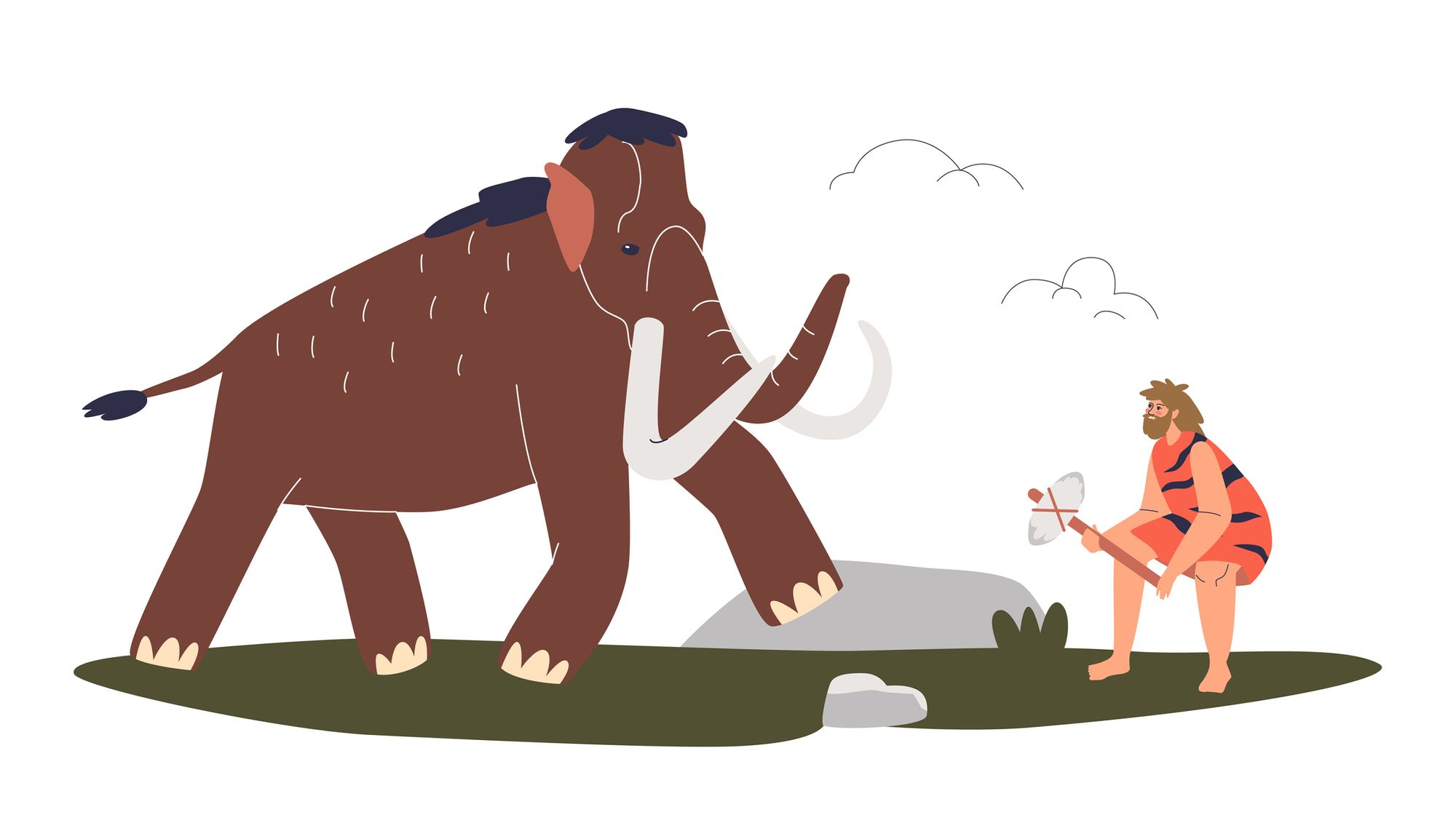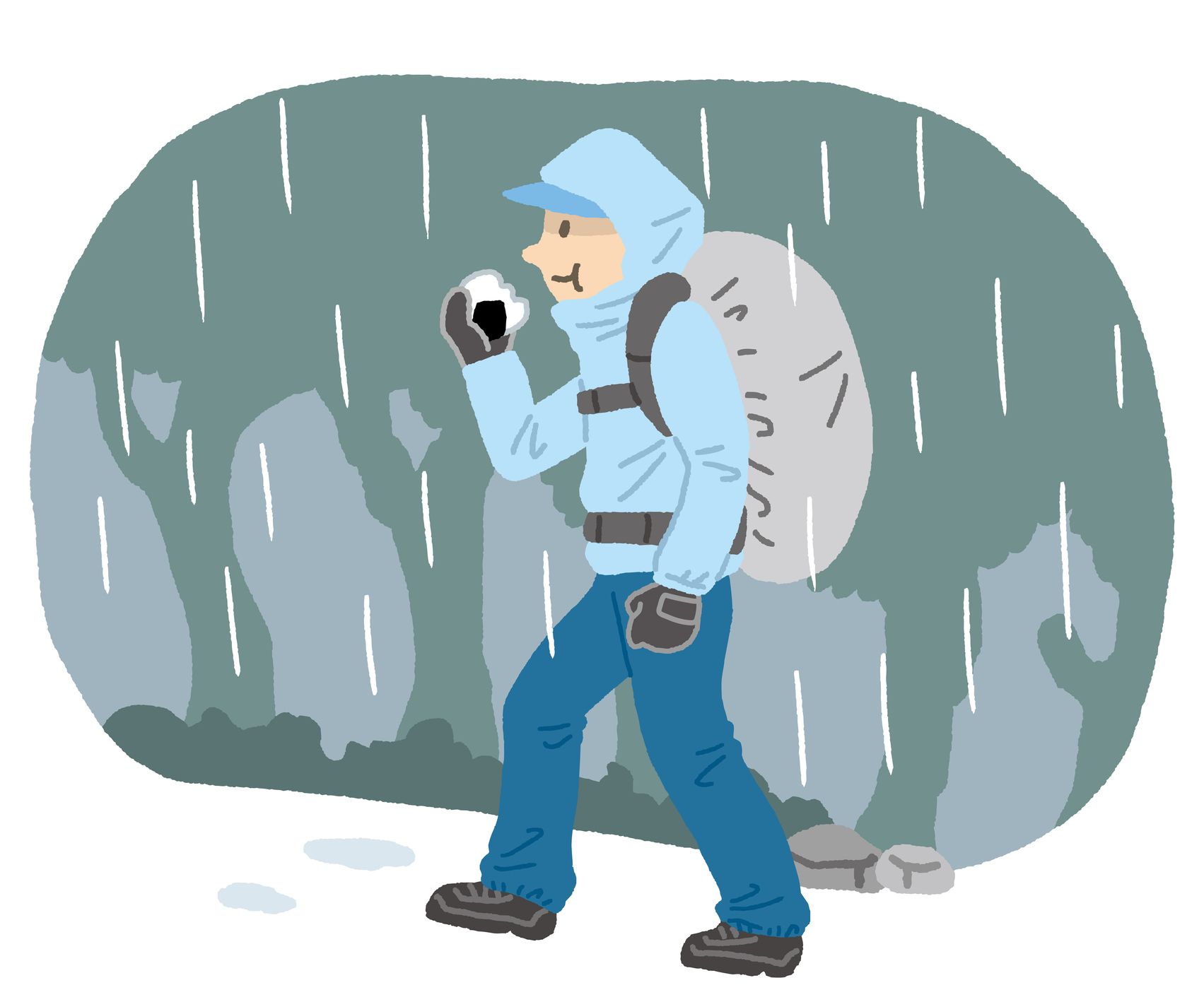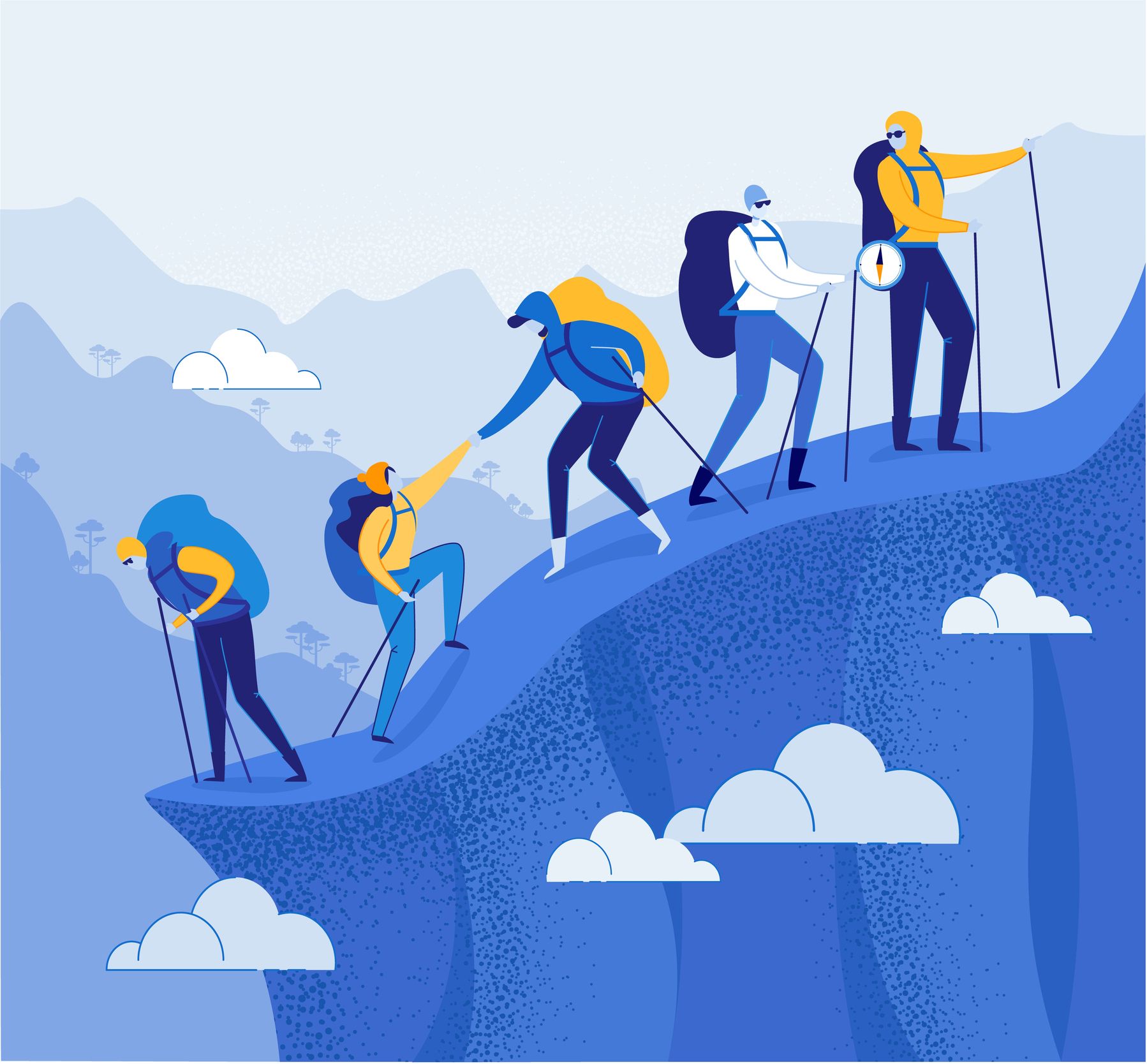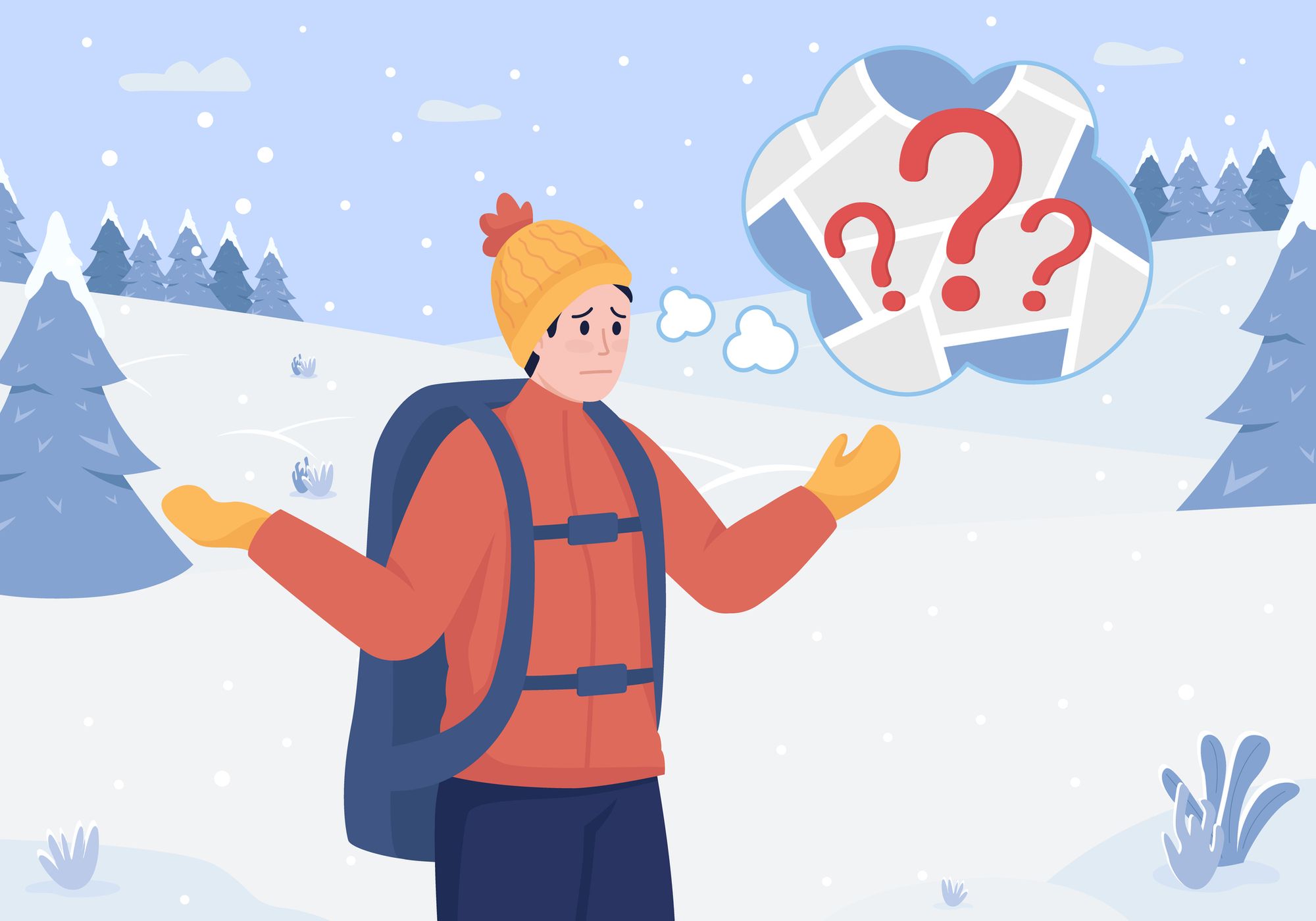You’ve finally decided to book the bucket list trip that’s been on your mind for years. Perhaps that's an expedition across the Arctic wilderness, looking out for polar bears and the northern lights. Or a camel ride across the undulating dunes of the Sahara Desert. You know adventure travel will introduce you to new places, expand your horizons and maybe even change your mindset - but much to your surprise, your euphoria has quickly been replaced with anxiety.
What if I don’t bond with the rest of my group? What if I’m not fit enough? What if I bring the wrong kit? These are the types of questions you might be turning over and over in your mind. And we get it. It's natural to have such thoughts.
In this guide, we’ll be looking at a few common anxieties people experience on group adventures, and providing you with some tips for managing them.
We are not qualified mental health professionals, however. And while we can provide you with practical advice drawn from personal experience, that’s no substitute for a chat with your therapist or doctor.
What is Anxiety?

It’s important to make a distinction between ‘having anxiety’ and ‘feeling anxious’. The latter is what you might feel before a presentation or a job interview; sweaty palms, butterflies in your stomach. Meanwhile, people with a medical diagnosis of anxiety have experienced symptoms so debilitating - panic attacks, insomnia, digestive disorders - that it interferes with their daily lives. If that’s you, we see you and we salute you. Our focus, however, is more on the type of ‘anxious feeling’ that affects most people.
When someone faces a situation that makes them anxious, the amygdala (the cell group which regulates emotions) sends a distress signal to the hypothalamus, which is essentially the brain’s command centre. The hypothalamus activates the sympathetic nervous system, stimulating the adrenal glands to release adrenaline into the bloodstream. This increases your heart rate, raises blood pressure and causes you to breathe more rapidly.
This is called the “fight or flight” response, and it’s an adaptive mechanism that evolved from caveman days. It alerted early humans to incoming predators or other dangers, and prepared them to either flee or confront it.
Sounds a lot like fear, right? Scientists agree that the two are very similar in many ways. There’s one crucial difference, though: fear is the response to a specific threat (like a rapidly approaching t-rex), while anxiety is a fear of something unknown.

“At the heart of this structure is a sense of uncontrollability focused largely on possible future threats, danger, or other upcoming potentially negative events, in contrast to fear, where the danger is present and imminent,” explains psychologist David Barlow.
Understanding the anxiety response is the best way to deal with it. So, without further ado…
5 Tips to Manage Your Anxiety on a Group Adventure
1. Forewarned is Forearmed

Considering that anxiety is a stress response to the unknown, one way to diminish it is by finding out as much about your trip as possible. This can take whatever form you want it to.
If you’re on a small group tour, you could plot your itinerary out on a map. Foodies can research local delicacies to try. You could get in touch with the trip provider to find out more.
What’s the toilet and shower situation like? Will I have to share a tent? Will there be Wi-Fi? Such questions might seem minor, but if you’re someone who has a tendency to spiral, it’s important to make sure you find out the answer. Don’t be afraid to reach out and ask - the people who spend their working lives answering these questions have heard it all. And the toilet one - it’s much more common than you think.
2. Make Sure You Have the Right Kit (it Doesn’t Have to Cost the Earth)

You’ve just shelled your hard-earned money on the trip, and then you get your kit list. The first thing you do is scan through it, trying to figure out how much it might cost, and whether there’s anything you can leave out. As the trip draws closer, anxiety begins to creep in. Is your jacket going to be warm enough? Can you substitute hiking boots for shoes?
Everything that’s on the kit list will be there for a reason. Sunglasses in the middle of winter might sound ludicrous, but the white glare of the snow is something your eyes need to be protected from. Many remote environments have temperamental weather conditions - you’ll experience chilly nights at high altitudes, even in warm countries. Packing everything that’s on the kit list will help diminish your anxiety - it’ll also ensure you’re more comfortable on your trip.

There are plenty of ways to pick up outdoor gear for less. Companies such as Rab and Picture now provide a gear rental service, which is a good way to try out kit for a fraction of the price. You can ask friends or family members to loan you items, or capitalise on end of season sales. While it’s tempting to buy the cheapest thing you can find, with outdoor gear you do get what you pay for. This is perfectly illustrated by Terry Pratchett’s ‘Samuel Vimes theory of Economic Unfairness’, outlined in his 1993 novel Men at Arms:
“A really good pair of leather boots cost fifty dollars. But an affordable pair of boots, which were sort of OK for a season or two and then leaked like hell when the cardboard gave out, cost about ten dollars [...] A man who could afford fifty dollars had a pair of boots that'd still be keeping his feet dry in ten years' time, while a poor man who could only afford cheap boots would have spent a hundred dollars on boots in the same time and would still have wet feet.”
3. Make a Plan to Disconnect

Most people heading off on a group trip are leaving their busy daily lives behind. This could be anything from a demanding job to a demanding toddler. It’s tempting to promise to stay in touch, so you’re on hand to deal with any emergencies. But take it from us, these situations will usually feel far less urgent when you’re thousands of miles away. And trying to find a connection in a remote fjord is not the best way to appreciate the environment.

Our advice: don’t commit to staying in touch. Especially with your demanding boss. One of the best things about an adventure is being able to switch off and disconnect - it helps you unwind and gives you a sense of perspective. Of course, if there’s a proper emergency, you want to be reachable. So maybe you don’t switch your phone onto airplane mode just yet. But do make sure you tell people you’ll have limited access to it. Hearing from you will be an unexpected surprise for them, rather than a chore for you.
4. Make an Effort to Bond with the Group

Human beings are, generally speaking, social animals. And one reason travellers book group trips is because they want to share the experience with others. In your mind’s eye, these ‘others’ are friendly and likeminded individuals. But soon you might begin to wonder: what if they aren’t? This is an anxiety that is particularly common with solo travellers, who won’t have their friend or partner to chat to if everyone else sucks.
According to psychologists, there are several factors that create bonds between people. The first is like-mindedness. Chances are, since you’ve chosen to do the same adventure as your group, you’ll have a fair bit in common - a love of hiking or kayaking, for example. Another is reciprocity - the idea that if you’re nice to someone, they’ll do something nice back. So share your hiking snacks! Working together towards a shared goal is also a fantastic way to bond with someone. After you’ve toiled up a mountain with your group, you’ll feel much closer to them.

Scientists have also discovered that shared pain can foster solidarity and cohesion among groups. Weathering a thunderstorm or seasickness with someone might be pants at the time, but it might make you a lifelong friend!
In other words, group adventures are specifically designed to create connections. But that doesn’t mean you can sit back and let psychology do the work for you. Make an effort to get to know the people you'll be travelling with. If you’re a shy person, group campfire chat can be intimidating - but there’ll be plenty of opportunities for one-on-one conversations.
5. Convert that Anxiety to Excitement

When you feel anxious, the chances are that you tell yourself very firmly to calm down. Unfortunately, that’s not going to work. Feeling calm is basically the complete opposite to anxiety, physiologically speaking - your parasympathetic nervous system has taken over, releasing chemicals that lower your blood pressure and heart rate. This is known as the ‘rest and digest’ response, and you can’t force your body into doing it mid-freakout.
However, anxiety is very similar to excitement - both will flood your body with adrenaline. The difference comes from the mindset: anxiety is a negative emotion, whereas excitement is positive. So, flip the script. Instead of worrying about everything that could go wrong, remember that you have experienced professionals in charge of safety, logistics and equipment. They'll have an expert knowledge of the local environment, which they will be happy to share.
Think about what you're most looking forward to, and remember why you decided to book a group adventure in the first place. To meet new people, see new places. To get out of your comfort zone.
Unsurprisingly, leaving the comfort zone can be an uncomfortable, anxiety-inducing experience. But it’s also super-rewarding. It’ll improve your confidence and self-esteem. The hardest part is making the decision to go in the first place. When you’re actually out there, watching the northern lights or hiking to the top of the mountain, anxiety will be the furthest thing from your mind.
Feeling more confident about booking a group trip? Then check out our group adventures - they’re suitable for a wide range of interests and abilities.



